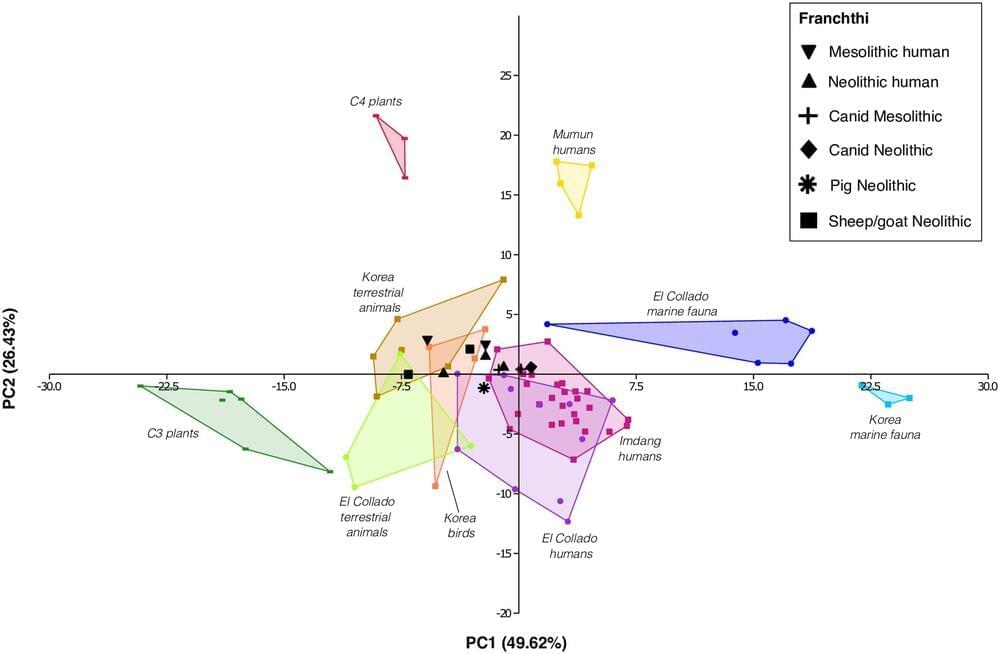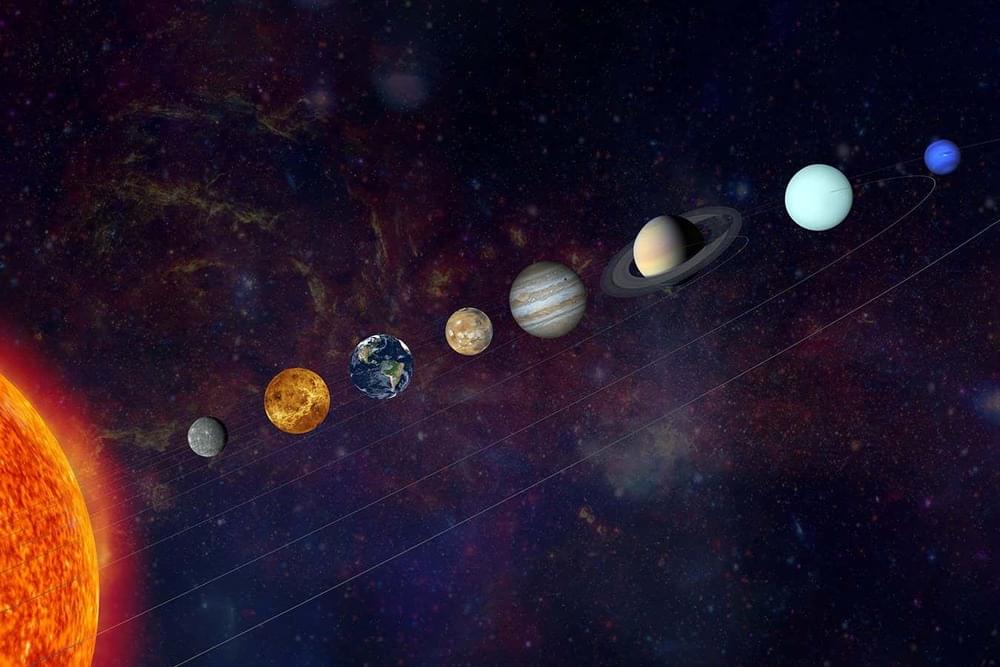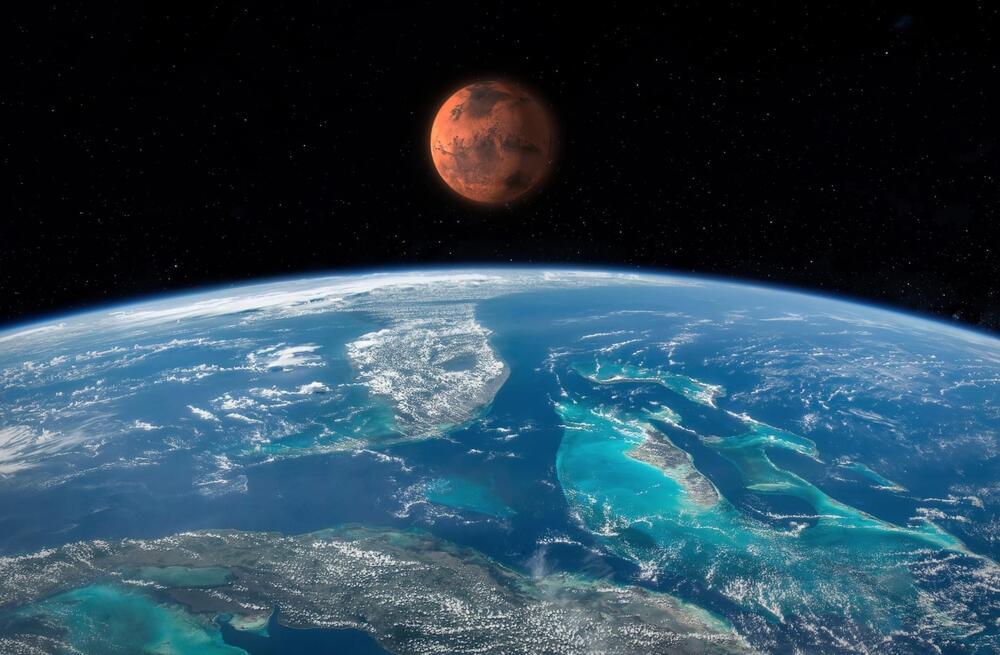Instead of finding the radio burst in a region of young stars, researchers traced its origin to the outskirts of a “dead” elliptical galaxy.



Researchers have discovered two sets of ancient wave ripples on Mars, signatures of long-dried bodies of water preserved in the rock record. Wave ripples are small undulations in the sandy shores of lakebeds, created as wind-driven water laps back and forth. The two sets of ripples indicate the former presence of shallow water that was open to the Martian air, not covered by ice as some climate models would require.
Ripples are one of the clearest indicators of an ancient standing body of water that can be provided by the geologic record. The team estimates that the ripples formed around 3.7 billion years ago, indicating that the Martian atmosphere and climate must have been warm and dense enough to support liquid water open to the air at the time.
The research is described in a paper appearing in the journal Science Advances. Caltech’s John Grotzinger, Harold Brown Professor of Geology, and Michael Lamb, professor of geology, are principal investigators on the study.



The jet winds are moving at nearly six times the speed of the exoplanet’s rotation.
The farthest planet from the Sun, Neptune, is the windiest place in the solar system, with winds that whip through at speeds reaching more than 0.3 miles per second (0.5 kilometers per second). That’s a relatively pleasant wind speed compared to a giant, puffy planet located around 500 lightyears away from Earth.
Supersonic winds on this exoplanet, designated WASP-127b, travel at a mind-bending 5.5 miles per second (9 kilometers per second). The speed of sound on Earth is roughly 0.21 miles per second (0.34 km/sec), making these winds supersonic by our terrestrial standards. The recently discovered extraterrestrial jet stream is the fastest ever measured on a planet, providing new insight into extreme weather that pummel other worlds.

Simon Fraser University, the Greek Ministry of Culture, and the University of Bologna have conducted an isotope study on the dietary patterns of Mesolithic and Neolithic humans at Franchthi Cave, Greece. The report confirms a terrestrial-based diet with negligible consumption of marine resources during these periods.
Franchthi Cave, overlooking the Bay of Koilada in the Peloponnese, is one of Greece’s most significant prehistoric sites, spanning nearly 40,000 years of occupation. The site is stunningly beautiful, with a high vaulted arch at the cave entrance inviting visitors into an otherworldly space.
Excavated between 1967 and 1979, it provides a continuous record from the Upper Paleolithic through the Neolithic. The Mesolithic to Neolithic transition is characterized across Europe by the emergence of agriculture and a shift in dietary reliance from marine to terrestrial resources, especially in coastal areas. Previous isotope studies of Franchthi suggested minimal marine input despite its coastal location.

All seven of the other planets in our solar system are about to become visible at once in a great planetary alignment – here’s how to spot the celestial show.
By Leah Crane


The James Webb Space Telescope.
The James Webb Space Telescope (JWST or Webb) is an orbiting infrared observatory that will complement and extend the discoveries of the Hubble Space Telescope. It covers longer wavelengths of light, with greatly improved sensitivity, allowing it to see inside dust clouds where stars and planetary systems are forming today as well as looking further back in time to observe the first galaxies that formed in the early universe.